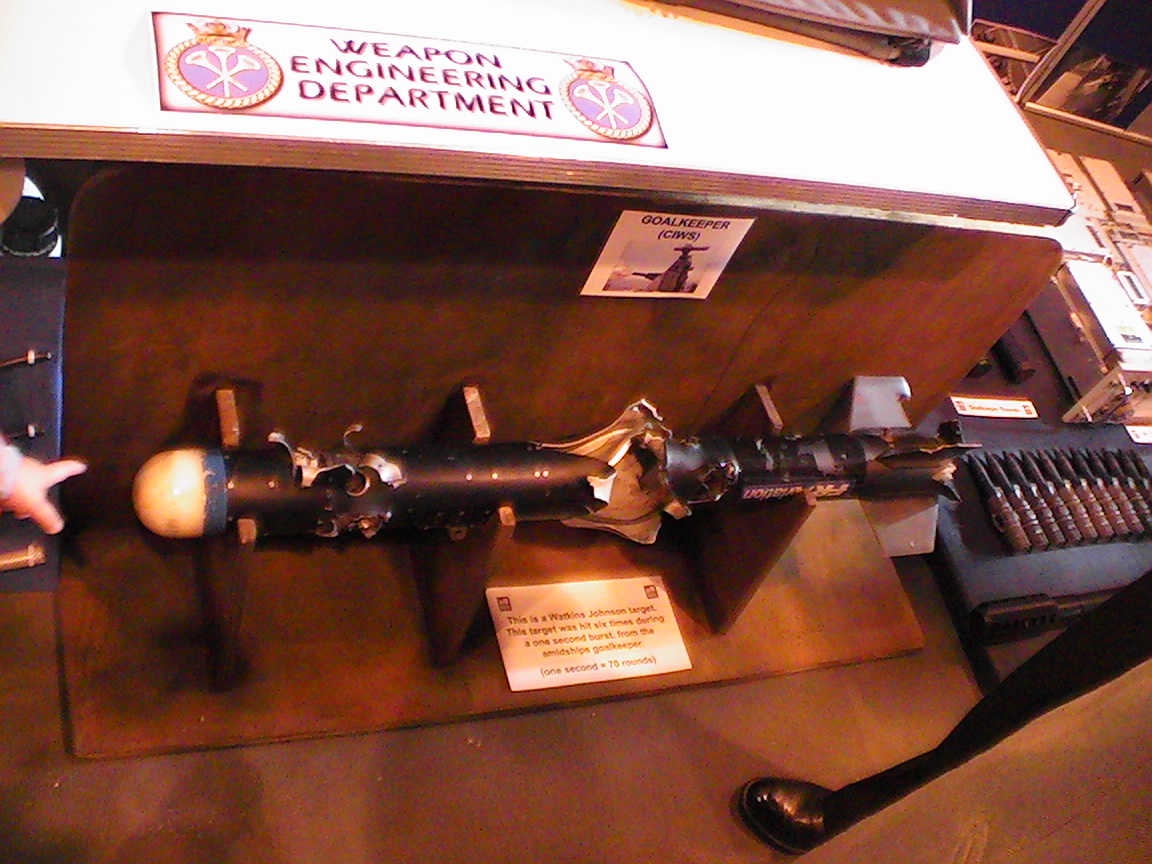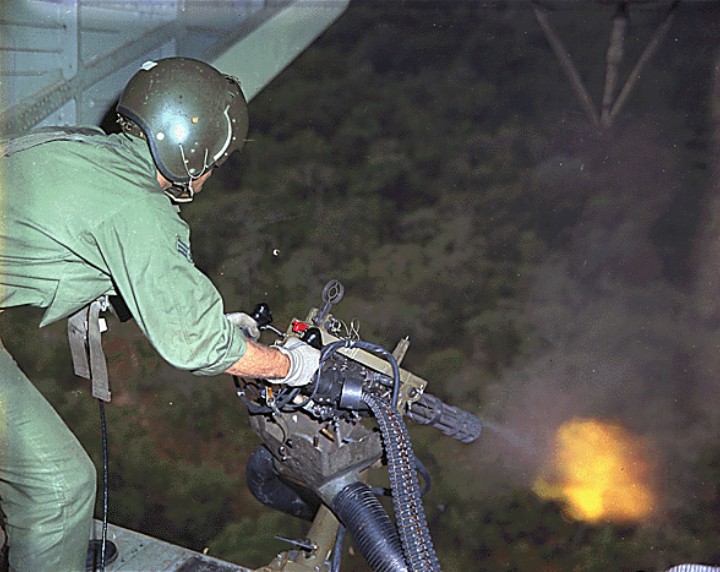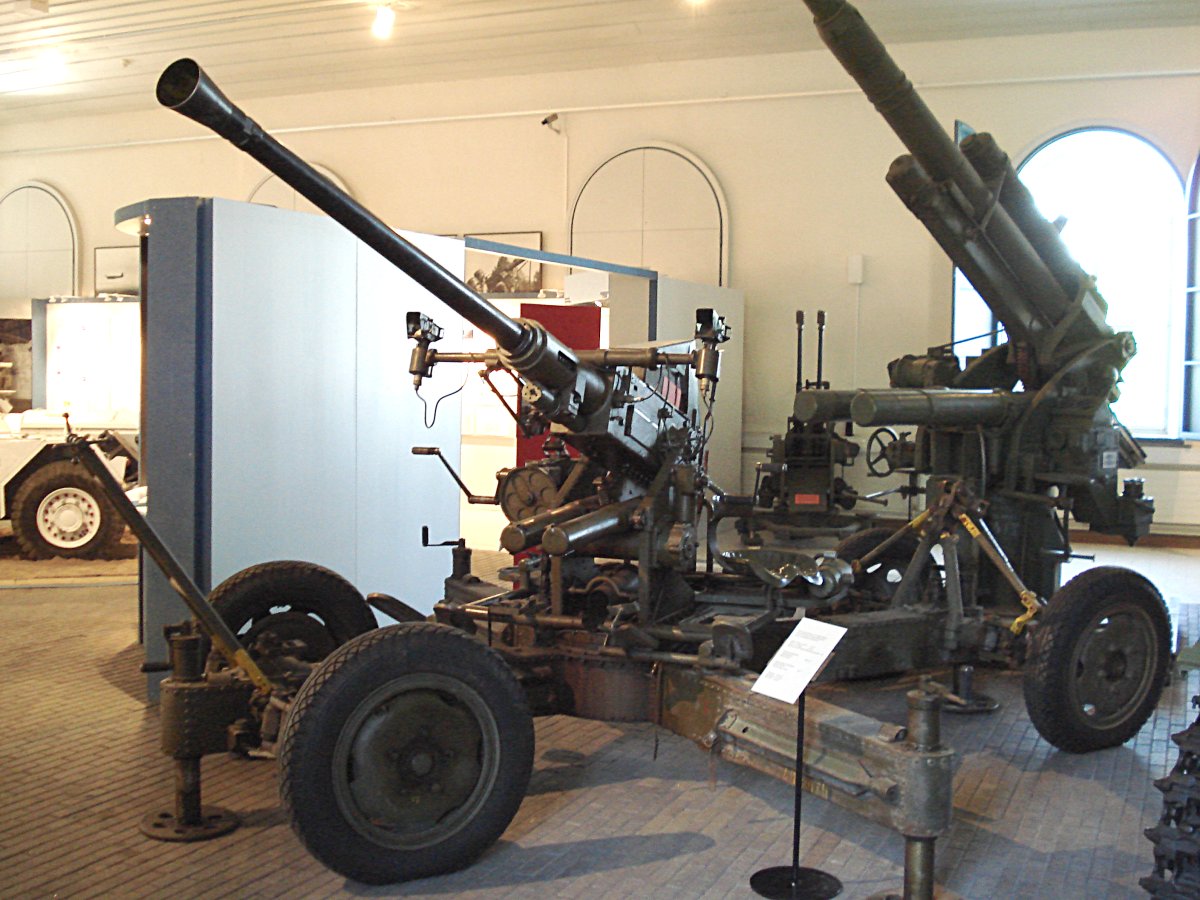|
Type 22 Frigate
The Type 22 frigate also known as the ''Broadsword'' class was a class of frigates built for the British Royal Navy. Fourteen were built in total, with production divided into three batches. Initially intended to be anti-submarine warfare frigates as part of NATO contribution, the ships became general purpose warships. HMS ''Cornwall'' was the last Royal Navy Type 22 frigate, retired from service on 30 June 2011. Five Type 22s were scrapped and two more were sunk as targets. The seven other vessels were sold to the Brazilian, Romanian and Chilean navies; five of these remain in service, one was sunk as a target and one sold for scrap. Ship naming ''Broadsword'', ''Boxer'' It was originally envisaged that all Type 22s would have names beginning with 'B' (''Broadsword'', etc.), following the 'A' names used for Type 21 frigates (''Amazon'', etc.). This changed after the Falklands War when two replacement ships were ordered for the destroyers sunk ( ''Sheffield'' and '' ... [...More Info...] [...Related Items...] OR: [Wikipedia] [Google] [Baidu] |
HMS Cornwall (F99)
HMS ''Cornwall'' was a Batch 3 Type 22 frigate of the Royal Navy. She was the first Batch 3 to be built, and the last to Ship commissioning#Ship decommissioning, decommission. ''Cornwall'' was based at HMNB Devonport in Devon, England, part of the Devonport Flotilla. She was built by Yarrow Shipbuilders and Ceremonial ship launching, launched by Diana, Princess of Wales at Scotstoun on the River Clyde in October 1985 and Ship commissioning, commissioned at Falmouth, Cornwall, Falmouth in 1988 by the Ship sponsor, ship's sponsor, Diana, Princess of Wales (who was also the Duchess of Cornwall). Service Originally lead ship (Captain F) of the Devonport-based 8th Frigate Squadron and upon its disbandment in 1993, lead ship of the 2nd Frigate Squadron, HMS ''Cornwall'' had battle honours from Battles of Barfleur and La Hogue, Barfleur in 1692, the Battle of the Falkland Islands, Falkland Islands in 1914 and the Gallipoli Campaign, Dardanelles in 1915. ''Cornwall'' was affectionate ... [...More Info...] [...Related Items...] OR: [Wikipedia] [Google] [Baidu] |
Exocet
The Exocet () is a French-built anti-ship missile whose various versions can be launched from surface vessels, submarines, helicopters and fixed-wing aircraft. Etymology The missile's name was given by M. Guillot, then the technical director at Nord Aviation. It is the French word for flying fish, from the Latin ''exocoetus'', a transliteration of the Greek name for the fish that sometimes flew into a boat: (''exōkoitos''), literally "lying down outside (, ), sleeping outside". Description The Exocet is built by MBDA, a European missile company. Development began in 1967 by Nord as a ship-launched weapon named the MM38. A few years later, Aerospatiale and Nord merged. The basic body design was based on the Nord AS-30 air-to-ground tactical missile. The sea-launched MM38 entered service in 1975, whilst the air-launched AM39 Exocet began development in 1974 and entered service with the French Navy five years later in 1979. The relatively compact missile is designed for ... [...More Info...] [...Related Items...] OR: [Wikipedia] [Google] [Baidu] |
Sea Skua
The Sea Skua is a British lightweight short-range air-to-surface missile (ASM) designed for use from helicopters against ships. It was primarily used by the Royal Navy on the Westland Lynx. Although the missile is intended for helicopter use, Kuwait employs it in a shore battery and on their ''Umm Al Maradem'' (Combattante BR-42) fast attack craft. The Royal Navy withdrew the missile from active service in 2017. Its replacement, Sea Venom, entered service in 2021. Development Sea Skua ultimately traces its history, indirectly, to the immediate post-war era. Growing increasingly concerned about the threat of aircraft, especially after the introduction of glide bombs during the war, the Royal Navy had long been convinced that all ships required some form of surface-to-air missile (SAM) for defence. These systems tended to be relatively large, especially in the era before vertical launch, and it was difficult to mount both a useful SAM and a conventional gun on smaller shi ... [...More Info...] [...Related Items...] OR: [Wikipedia] [Google] [Baidu] |
Helicopter
A helicopter is a type of rotorcraft in which lift and thrust are supplied by horizontally spinning rotors. This allows the helicopter to take off and land vertically, to hover, and to fly forward, backward and laterally. These attributes allow helicopters to be used in congested or isolated areas where fixed-wing aircraft and many forms of STOL (Short TakeOff and Landing) or STOVL (Short TakeOff and Vertical Landing) aircraft cannot perform without a runway. In 1942, the Sikorsky R-4 became the first helicopter to reach full-scale production.Munson 1968.Hirschberg, Michael J. and David K. Dailey"Sikorsky". ''US and Russian Helicopter Development in the 20th Century'', American Helicopter Society, International. 7 July 2000. Although most earlier designs used more than one main rotor, the configuration of a single main rotor accompanied by a vertical anti-torque tail rotor (i.e. unicopter, not to be confused with the single-blade monocopter) has become the most ... [...More Info...] [...Related Items...] OR: [Wikipedia] [Google] [Baidu] |
Westland Lynx
The Westland Lynx is a British multi-purpose twin-engined military helicopter designed and built by Westland Helicopters at its factory in Yeovil. Originally intended as a utility craft for both civil and naval usage, military interest led to the development of both battlefield and naval variants. The Lynx went into operational usage in 1977 and was later adopted by the armed forces of over a dozen nations, primarily serving in the battlefield utility, anti-armour, search and rescue and anti-submarine warfare roles. The Lynx is a fully aerobatic helicopter with the ability to perform loops and rolls. In 1986, a specially modified Lynx set the current Fédération Aéronautique Internationale's official airspeed record for helicopters (category excludes compound helicopters) at , which remains unbroken as of January 2022. [...More Info...] [...Related Items...] OR: [Wikipedia] [Google] [Baidu] |
DS30B Rapid Fire Cannon
The DS30B rapid-fire cannon is a 30mm Oerlikon stabilized, ship-protection system created by MSI-Defence Systems and controlled by a single operator. Description The DS30B system consists of a marinized, stabilized gun mount which accommodates the Oerlikon KCB 30mm cannon. The DS30B is the predecessor to the 30mm DS30M Mark 2 Automated Small Calibre Gun, which mounts a 30mm Mark 44 Bushmaster II. Operators * Used by the Royal Australian Navy to equip ''Huon''-class minehunters * Used by the Indonesian Navy to equip ''Bung Tomo''-class corvettes * Used by the Lithuanian Naval Force to equip the ''LNS Skalvis'' and ''LNS Kuršis'' minehunters. * Used by Royal Malaysian Navy to equip the following ships: ** ''Lekiu''-class frigate ** ''Kasturi''-class corvette ** ''Gagah Samudera''-class training ship https://www.royalnavy.mod.uk/the-equipment/ships. ''Royal Navy''. Retrieved April 18, 2018. * The Royal Navy uses the system to equip the following ships: ** Type 4 ... [...More Info...] [...Related Items...] OR: [Wikipedia] [Google] [Baidu] |
CIWS
A close-in weapon system (CIWS ) is a point-defense weapon system for detecting and destroying short-range incoming missiles and enemy aircraft which have penetrated the outer defenses, typically mounted on a naval ship. Nearly all classes of larger modern warships are equipped with some kind of CIWS device. There are two types of CIWS systems. A gun-based CIWS usually consists of a combination of radars, computers, and rapid-firing multiple-barrel rotary cannons placed on a rotating turret. Missile-based CIWSs use either infra-red, passive radar/ ESM, or semi-active radar terminal guidance to guide missiles to the targeted enemy aircraft or other threats. In some cases, CIWS are used on land to protect military bases. In this case, the CIWS can also protect the base from shell and rocket fire. Gun systems A gun-based CIWS usually consists of a combination of radars, computers and rotary or revolver cannon placed on a rotating, automatically aimed gun mount. Examp ... [...More Info...] [...Related Items...] OR: [Wikipedia] [Google] [Baidu] |
Goalkeeper CIWS
The Goalkeeper CIWS is a Dutch close-in weapon system (''SEE-wiz'') introduced in 1979. It is an autonomous and completely automatic weapon system for short-range defence of ships against highly manoeuvrable missiles, aircraft and fast-manoeuvering surface vessels. Once activated the system automatically undertakes the entire air defence process from surveillance and detection to destruction, including the selection of the next priority target. Development Hollandse Signaalapparaten B.V., in short Hollandse Signaal or Signaal (now Thales Nederland) began work on the Goalkeeper in 1975, developing it around the GAU-8 gun. A prototype, the EX-83, was first demonstrated to the Royal Netherlands Navy in 1979. In 2012, the Dutch ministry of defense announced that the Goalkeeper systems in use by the Netherlands Navy will receive radar upgrades, mechanical improvements, new high-precision frangible ammunition and a new electro-optical tracking system. Also, the system's surface mo ... [...More Info...] [...Related Items...] OR: [Wikipedia] [Google] [Baidu] |
Boeing Harpoon
The Harpoon is an all-weather, over-the-horizon, anti-ship missile manufactured by McDonnell Douglas (now Boeing Defense, Space & Security). The AGM-84E Standoff Land Attack Missile (SLAM) and later AGM-84H/K SLAM-ER (Standoff Land Attack Missile – Expanded Response) are cruise missile variants. The regular Harpoon uses active radar homing and flies just above the water to evade defenses. The missile can be launched from: * Fixed-wing aircraft (the AGM-84, without the solid-fuel rocket booster) * Surface ships (the RGM-84, fitted with a solid-fuel rocket booster that detaches when expended, to allow the missile's main turbojet to maintain flight) * Submarines (the UGM-84, fitted with a solid-fuel rocket booster and encapsulated in a container to enable submerged launch through a torpedo tube); * Coastal defense batteries, from which it would be fired with a solid-fuel rocket booster. Development In 1965, the United States Navy began studies for a missile in the ... [...More Info...] [...Related Items...] OR: [Wikipedia] [Google] [Baidu] |
Minigun
The M134 Minigun is an American 7.62×51mm NATO six-barrel rotary machine gun with a high rate of fire (2,000 to 6,000 rounds per minute). It features a Gatling-style rotating barrel assembly with an external power source, normally an electric motor. The "Mini" in the name is in comparison to larger-caliber designs that use a rotary barrel design, such as General Electric's earlier 20 mm M61 Vulcan, and "gun" for the use of rifle ammunition as opposed to autocannon shells. "Minigun" refers to a specific model of weapon that General Electric originally produced, but the term "minigun" has popularly come to refer to any externally powered rotary gun of rifle caliber. The term is sometimes used loosely to refer to guns of similar rates of fire and configuration, regardless of power source and caliber. The Minigun is used by several branches of the U.S. military. Versions are designated ''M134'' and ''XM196'' by the United States Army, and ''GAU-2/A'' and ''GAU-17/A'' by the ... [...More Info...] [...Related Items...] OR: [Wikipedia] [Google] [Baidu] |
FN MAG
The FN MAG is a Belgian 7.62 mm general-purpose machine gun, designed in the early 1950s at Fabrique Nationale (FN) by Ernest Vervier. It has been used by more than 80 countries and it has been made under licence in several countries, including Argentina, Canada (as the C6 GPMG), Egypt, India and the United Kingdom.Hogg, Ian (2002). ''Jane's Guns Recognition Guide''. Jane's Information Group. . The weapon's name is an abbreviation for ''Mitrailleuse d'Appui Général'', meaning "general support machine gun". The MAG is available in three primary versions: the standard, infantry Model 60-20 machine gun, the Model 60-40 coaxial machine gun for armoured fighting vehicles and the Model 60-30 aircraft variant. History The FN MAG was designed by FN Herstal in the 1950s. Taking inspiration from the MG 42, the MAG was created firstly to help balance out inconsistent levels of firepower among pre-existing infantry arms, and secondarily in response to NATO standardisation of th ... [...More Info...] [...Related Items...] OR: [Wikipedia] [Google] [Baidu] |
Bofors 40 Mm Automatic Gun L/60
The Bofors 40 mm Automatic Gun L/60 (often referred to simply as the "Bofors 40 mm gun", the "Bofors gun" and the like, see name) is an anti-aircraft autocannon, designed in the 1930s by the Swedish arms manufacturer AB Bofors. The gun was designed as an intermediate anti-aircraft gun, filling the gap between fast firing close-range small calibre anti-aircraft guns and slower firing long-range high calibre anti-aircraft guns, a role which previously was filled by older outdated guns. The Bofors 40 mm L/60 was for its time perfectly suited for this role and outperformed competing designs in the years leading up to World War II in both effectiveness and reliability. It entered the export market around 1932 and was in service with 18 countries by 1939. Throughout World War II it became one of the most popular and widespread medium-weight anti-aircraft guns. It was used by the majority of the western Allies and some Axis powers such as Nazi Germany and Hungary. In th ... [...More Info...] [...Related Items...] OR: [Wikipedia] [Google] [Baidu] |



_(cropped).jpg)


.jpg)



